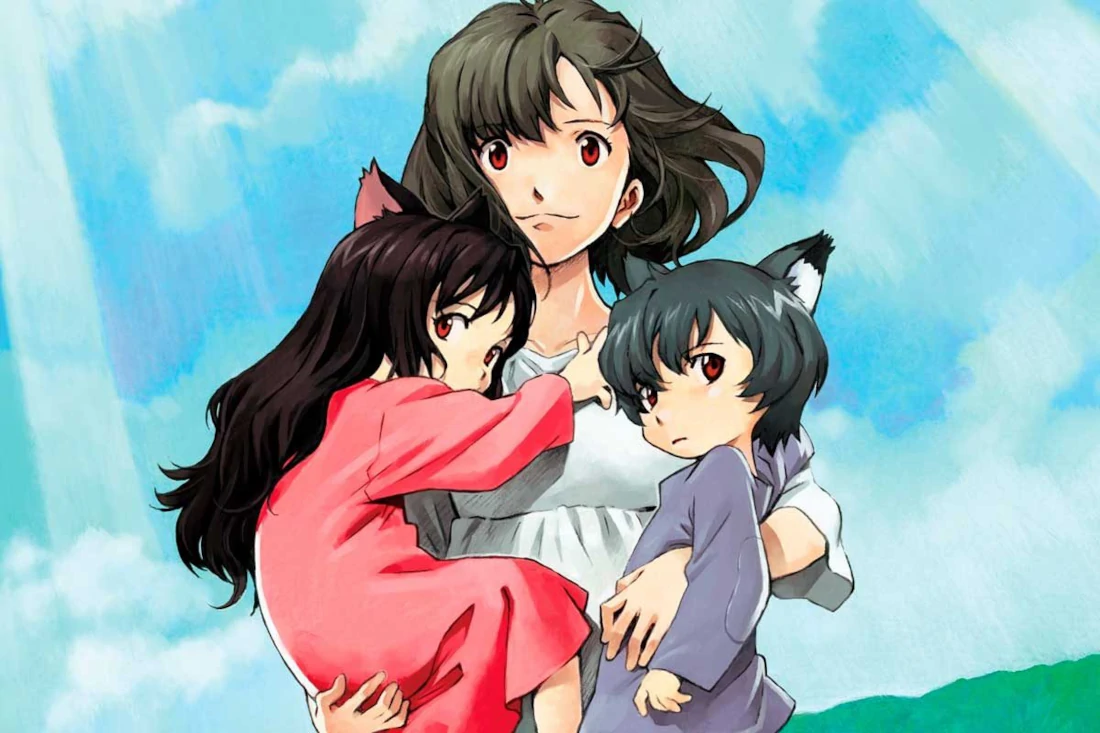
Mutant Genes, Slavery, and Other Colonialist Traditions
Words By F(r)iction Staff
Carolyn Janecek
As the Marvel Cinematic Universe churns out blockbusters about despondent billionaire tech giants and actors named Chris with chiseled abs, I find myself turning to different superheroes. Searching for underdogs and character arcs I can relate to, I’ve found C. B. Lee’s YA series, The Sidekick Squad. With protagonists who easily switch between first languages, who have blended families, and welcome new members into their Resistance movement with names and pronouns, this series does the trick. Lee’s world explores a future where a solar flare has caused nuclear reactor meltdowns around the world, fundamentally changing the ecological and political landscape as it activated mutant genes and caused global food insecurity. A hundred years after the Disasters, the protagonists are used to viewing meat as a luxury and solar-power as the norm. But even as the North American Collective overcomes nuclear disaster and frames itself as a utopia, the protagonists quickly uncover depths of corruption in their society and realize super-powered battles between heroes and villains are just distractions to keep the general public from digging deeper. Fast-paced, heartfelt, and with a hint of teenage drama, The Sidekick Squad is a series I’ve devoured this summer, and already I’m looking forward to C. B. Lee’s future books.
Andrew Jimenez
In August of 1619, a ship appeared on the horizon, “near Point Comfort, a coastal port in the British Colony of Virginia. It carried more than 20 enslaved Africans, who were sold to the colonists. No aspect of the country that would be formed here has been untouched by the years of slavery that followed.” So begins The New York Times Magazine’s brilliant The 1619 Project, a thorough examination of the legacy of slavery in the United States. Through a potent mix of poetry, storytelling, personal essays, and traditional journalism, the project explores how slaves and their ancestors both built the infrastructure and economy of this country and embody—more than any other people—the ideals America was founded upon. Of particular interest to me was Matthew Desmond’s essay on the link between the plantation and our nation’s brutal brand of capitalism. It not only challenges the notion that the American way of doing capitalism is a natural and unplanned phenomenon, it also lays to waste the idea that it is the only way to do capitalism. It reminds me of the best parts of Mark Fisher’s 2009 book, Capitalist Realism: Is There No Alternative?. Both Fisher’s book and The 1619 Project are required reading for anyone who questions what we do in America and how we ended up doing it.
Kaley Kiermayr
When I picked up the poetry chapbook Girasol, by Vianney Casas, at AWP, one of the people working the Foglifter Press table said, “You’re going to want to drink a glass of red wine with that.”
If you’re reading this—oh, how I wish I’d listened to you. This chapbook is so gutsy, so hypnotic, and grapples with so many scary things so bravely that I did feel like I should be reading it with—yes—a large glass of something strong. Instead I read Girasol by the pool under the hot sun, and it was a harrowing experience. I ended up (repeatedly!) reading a few poems and then going to dunk my head in the pool—and not just because it was 110 degrees outside.
In Girasol, the character Friducha “grapples with the question of artistic freedom within a colonialist tradition that exploits and obscures brown, femme bodies, and yet paradoxically draws solace from the suffering depicted therein.” The language in these poems shifts endlessly—between English and Spanish, dream and reality, tenses, boundaries, location, context—and so it manages to somehow be menacing and forgiving at the same time. While reading, I got the distinct image of a dreamlike bubble, trauma suspended inside it—what happens when it bursts?
If work of this caliber and sensitivity is what comes from Foglifter Press stepping forward as a new publisher of experimental and innovative queer chapbooks, sign me up.
Giancarlo Riccobon
At a glance, Wolf Children might seem like just a fluffy anime with adorable werewolf children. It’s definitely got adorable werewolf children, but it’s so much more than that. It’s a serious drama geared more towards teens and adults, and it doesn’t shy away from the struggles of adulting. Watching single mother Hana try to raise two half-wolf children will certainly remind readers that parenthood isn’t easy.
The movie touches on many situations that any parent will relate to, such as watching your kids grow up and choose their own paths. And of course, it has the occasional moment that’s unique to parents of wolf children. (Most kids don’t claw up your furniture!) There’s a clever scene where poor Hana has to decide whether to take her daughter to a children’s hospital or an animal hospital.
It’s got a beautiful score and some spectacular montages, so what more could you ask for? Also, did I mention the adorable werewolf children?